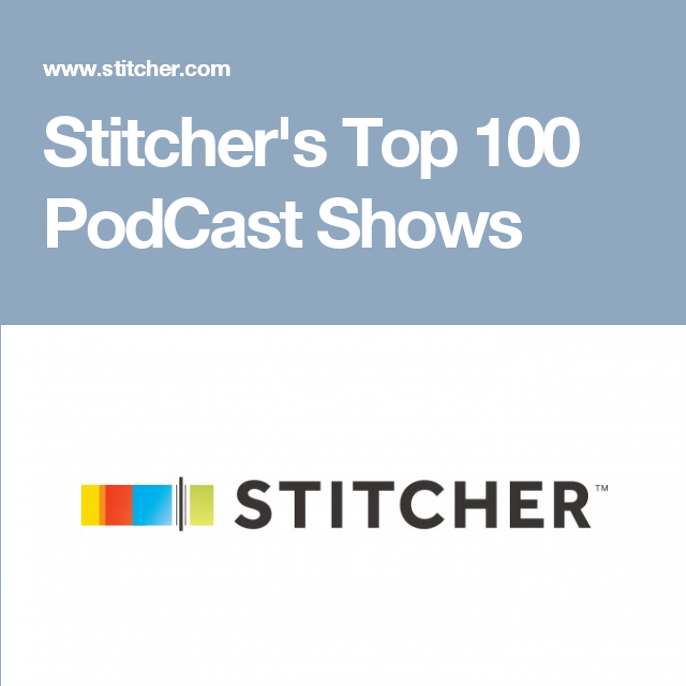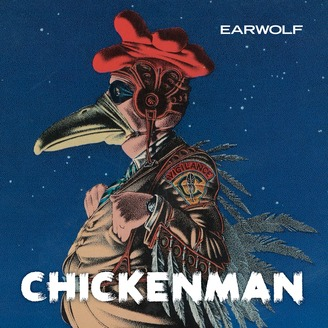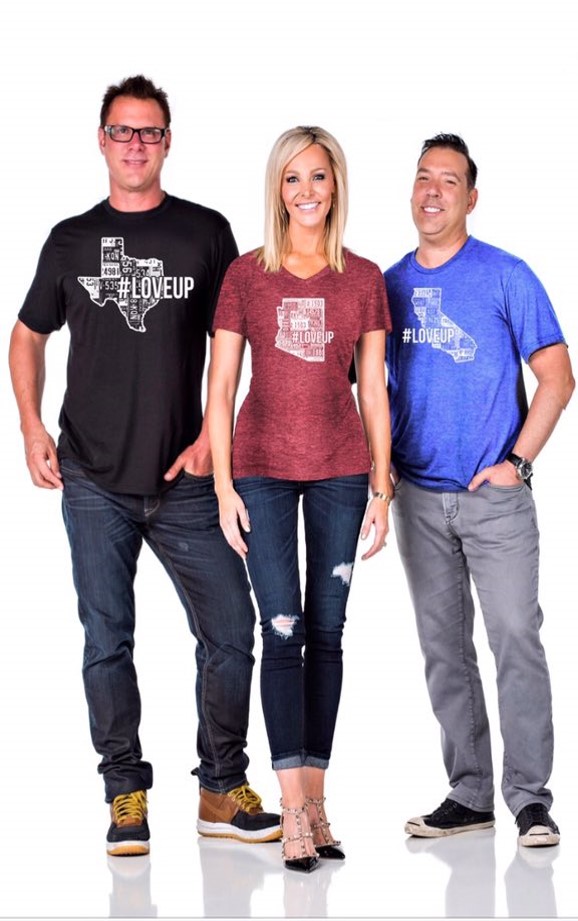 These past few years, I’ve personally learned a lot about podcasting. Like many radio people, my original assessment was that as experienced producers of audio content, the shift to creating great podcasts would be a relatively easy one. After all, we know how to make great audio, how to sell it, and how to promote it.
These past few years, I’ve personally learned a lot about podcasting. Like many radio people, my original assessment was that as experienced producers of audio content, the shift to creating great podcasts would be a relatively easy one. After all, we know how to make great audio, how to sell it, and how to promote it.
Sadly, it’s not that easy.
We’ve learned up close at Podcast Movement conferences just how much it takes to create compelling on-demand content. Once again, this year, Jacobs Media will be hosting our own track, “Broadcasters Meet Podcasters.” In fact, we’re expanding our efforts this summer in Philadelphia – stay tuned. But the fact so few radio operations are still producing podcasts is an indicator of the gap that exists between taking about them and creating them.
In our work with radio broadcast companies, we’ve witnessed the internal struggle over podcasting, as executives, programmers, and jocks are often frustrated, trying to get their heads around the on-demand audio opportunity.
In some ways, the directionality of the radio industry this past decade of the “PPM Era” conspires against the conception and production of long-form, on-demand programming. In an environment where talent is encouraged to keep it short and focused, re-expanding those parameters to create podcasts gives many “the bends.” It’s a 180° shift, and for most content creators in radio, it’s just not working.
The other struggle, of course, is the time crunch. More than ever, radio professionals are strapped with double and triple duty. An air shift also means personal appearances, social media support, studio production, and myriad other activities that make it nearly impossible to set aside 10 hours a week to produce podcasts.
And yet, radio has tremendous opportunities to build on its legacy, its brands, its benchmarks, and its popularity to have a greater impact in the on-demand space. And in many cases, the investment in time and effort may not be as great as many think.
I picked up on this last week when we published a great “Guest List” post from Scott Westerman. One of his directives to air talent was to check out what was working on Stitcher’s Top 100 shows (that is, the most-listened to podcasts).
And so I did.
The results are eye-opening. On this list, roughly one-fourth of the podcasts are from public media, mostly public radio. This includes repurposed content from existing radio shows (“Fresh Air”), as well as podcasts that are produced for on-demand access only (“Death, Sex, & Money”).
On the Stitcher ranker, it’s also noteworthy how many podcast winners rely on “evergreen content” – podcasts that are timeless; that you can go back and listen to episodes produced years ago, and they’re still entertaining.
While podcasts for timely news shows like “Meet The Press” or weekly comedy/news shows like “Wait Wait…Don’t Tell Me!” get dated in a hurry, podcasts like “Serial,” “S-Town,” and “Grammar Girl” can be listened to out of order or from years back, and they hold up very well.
Evergreen content.
Another revelation from reviewing the Stitcher list is how commercial radio is virtually missing in action. And while it’s disappointing, it’s also an opportunity. That’s because many traditional radio shows have wonderful, timeless material that is sadly not being repackaged for podcast.
If it was good and highly rated in 1995, chances are it can be repurposed for 2018. In fact, if it was successful in 1965, it just might work in an  on-demand format today. If you doubt that claim, consider the #66 Stitcher ranking for “The Adventures of Chickenman” (up 6 ranks from the previous week). In case you don’t know (and you’d have to be a card carrying member of AARP to remember it), the Chickenman franchise was created in the mid-60s by the iconic Dick Orkin for WCFL/Chicago.
on-demand format today. If you doubt that claim, consider the #66 Stitcher ranking for “The Adventures of Chickenman” (up 6 ranks from the previous week). In case you don’t know (and you’d have to be a card carrying member of AARP to remember it), the Chickenman franchise was created in the mid-60s by the iconic Dick Orkin for WCFL/Chicago.
The show has had various homes in radio (and on satellite radio) over the decades, but when you consider it was a “campy” production inspired by TV’s “Batman” series starring Adam West, it’s a testament to the power of “evergreen content.”
Will people be listening to “Serial” in 2057? Maybe. But they’re still riveted by the adventures of the feckless feathered crime fighter who continues to survive and thrive in the podcasting world.
 Same with Mike Carruthers, host and creator of the “Something You Should Know” brand. For decades, it was a staple of the radio airwaves, syndicated on hundreds of stations nationally. But as all good things have their product lifecycles, “SYSK” started running out of steam a few years back.
Same with Mike Carruthers, host and creator of the “Something You Should Know” brand. For decades, it was a staple of the radio airwaves, syndicated on hundreds of stations nationally. But as all good things have their product lifecycles, “SYSK” started running out of steam a few years back.
Undaunted, Carruthers made the pivot to podcasting, using Wondery as his podcast network. And “Something You Should Know” is more successful today as a podcast than it was as a national radio show. It’s a different production, all the way around, but the overall concept, brand, host, and voice are all the same.
It’s another great example of transforming existing broadcast content into the podcasting ecosphere. As Mike would tell you, necessity is indeed the mother of invention. But podcasting provides a unique opportunity for “evergreen content” to enjoy many lives.
If you look closely at the Stitcher list, you’ll also discover just one commercial radio morning show that shows up at #99. It’s not Rush Limbaugh or Bobby Bones or Brooke & Jubal.
It’s Johnjay & Rich, and while they may not have the notoriety or affiliate portfolio as big as more established radio shows, they work the

podcasting space expertly. Their on-demand content is clearly in demand, and that has a lot to do with their mindset, their focus, and their attention to their large social media tribe.
I asked Johnjay Van Es to explain how his show has accomplished this rarified level of podcasting success – something that has alluded many others:
“We aren’t the biggest syndicated show (YET 🙂 ) but our listeners are among the most loyal and they are all over the country. I would say the numbers are a reflection of how we are pushing our podcast through teasing with the radio show, as well as social media.
With a social reach of over 1.5 million (that’s a combo of me/Rich/Kyle) on Instagram, Twitter, and Facebook, we are able to broadcast to a wider audience that may not be able to listen during morning drive.
The teasing goes as far as what we name our podcasts each day to entice listeners to hit ‘play.’ I would also note that two of the top 5 cities for our stream are places where we aren’t even on a station. Our total streams are growing every month as well.”
“Evergreen content” is part of the formula that expands the tent of personality shows, as well as station brands. The digital tools are there, but they have to be strategically deployed. Many stations, personalities, and hosts have the goods and the content to make this happen.
But the new skill set goes beyond where to schedule benchmark bits and how to create PPM listening occasions.
Podcasting isn’t just another morning show obligation to be filled. It’s one of the new engines that grows audience, loyalty, and brands.
Johnjay, Rich, & Kyle are wearing shirts from their #LOVEUP Foundation that helps kids in foster care. You can purchase these shirts here.
- Traveling At The Speed of CES - January 10, 2025
- The One Thing Missing At CES? - January 9, 2025
- AI Your Commercials - January 8, 2025




Leave a Reply